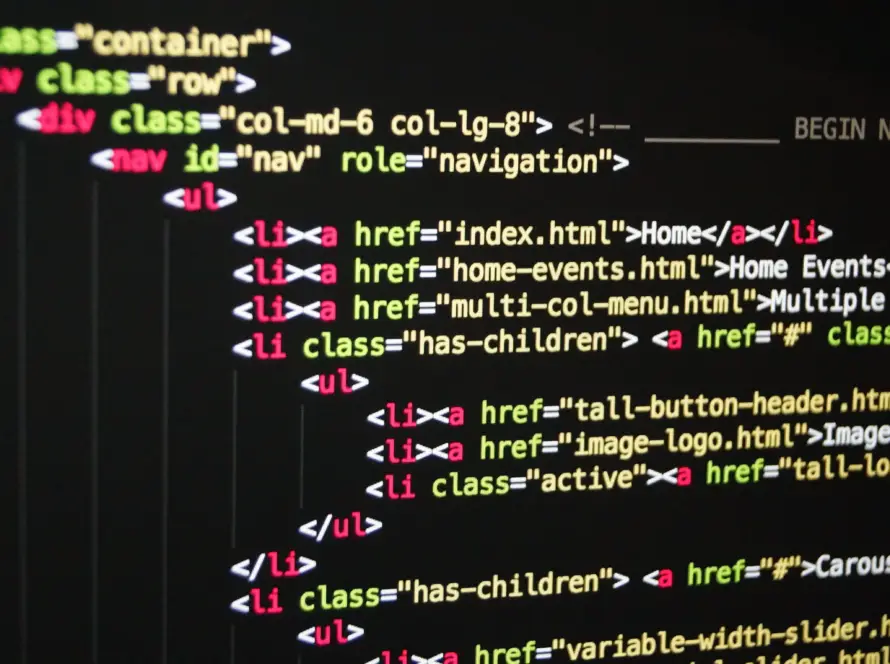Generated by Contentify AI

Secure coding practices are essential to the development of robust and resilient software, particularly in the case of Java. By implementing secure coding practices, developers can mitigate potential vulnerabilities and protect sensitive information from unauthorized access. In the context of Java, employing secure coding practices involves adhering to industry-standard guidelines, leveraging built-in security features, and staying abreast of the latest security updates. This blog aims to unravel the significance of secure coding practices in Java and provide valuable insights into how developers can fortify their Java applications against security threats.
One of the fundamental aspects of secure coding in Java is input validation. Ensuring that user inputs are properly validated helps to thwart potential attacks such as injection and cross-site scripting. By sanitizing and validating inputs, developers can prevent malicious code from being executed within their applications, thereby bolstering the overall security posture. Additionally, leveraging secure coding libraries and frameworks can streamline the process of input validation, enabling developers to adhere to best practices without reinventing the wheel.
Furthermore, embracing the principle of least privilege is pivotal in Java secure coding. By adhering to the principle of least privilege, developers can restrict the access rights of various components within the application, thereby minimizing the potential impact of security breaches. This entails granting only the necessary permissions and privileges to each component, thus reducing the attack surface and fortifying the overall security architecture. Through diligent application of the principle of least privilege, developers can augment the security of their Java codebase and mitigate the likelihood of unauthorized access and privilege escalation.
In conclusion, prioritizing secure coding practices in Java is imperative for fostering a secure software ecosystem. By proactively implementing input validation, leveraging secure coding libraries, and embracing the principle of least privilege, developers can fortify their Java applications against a myriad of security threats. With a steadfast commitment to secure coding, developers can instill confidence in the reliability and integrity of their software, thereby safeguarding both their users and their reputation.
Key Takeaways
- Input validation is critical for preventing security vulnerabilities such as injection attacks
- Handling exceptions properly can help prevent sensitive information leakage
- Using secure communication protocols such as HTTPS is essential for protecting data in transit


